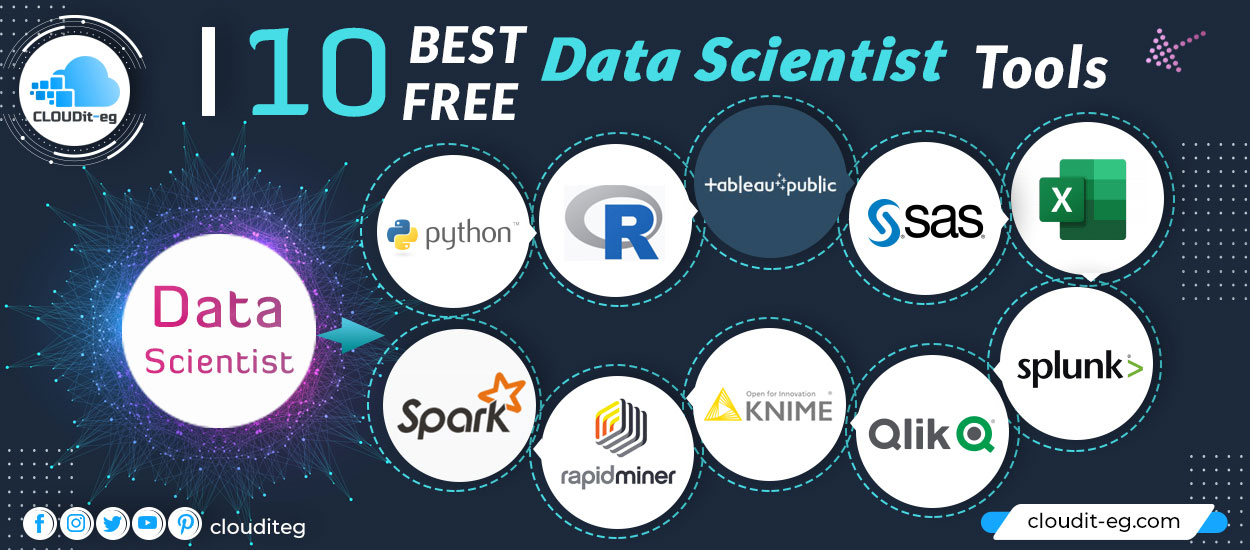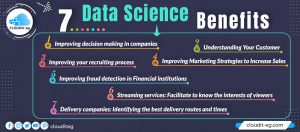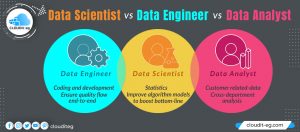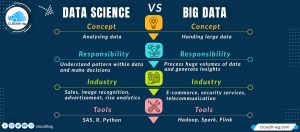The growing evolution and importance of business Data Analytics or Data Science have created many opportunities around the world. Today it is increasingly difficult to select the best data analysis tools, as open-source tools are more popular, more accessible, and more efficient than the paid versions. There are many open-source tools that don’t require much or no coding and manage to deliver better results than the paid versions. Indeed we find among others R for data mining and public Tableau, or Python for data visualization. So we gathered the 10 Best Free Data Scientist Tools for you.
1. Python

Python is easy to interpret because it is very similar to JavaScript, or even PHP. In addition, Python has very good machine learning libraries such as Theano, Scikitlearn, Tensorflow, and Keras. Another important trait of Python is that it can be assembled on any platform. Examples include SQL Server, a MongoDB database, or even JSON. Python can also handle text data very well for anything NLP.
2. R

R language is the industry’s leading analytical tool and is widely used for statistics and data modeling. It can easily manage your data and visualize them in different ways. R has surpassed SAS in many ways, especially in terms of data capacity, performance, and bottom line. R compiles and runs on a variety of platforms, such as UNIX, Windows, and MacOS. It contains more than 10,000 packages and allows you to browse packages by category. The R language also provides tools to automatically install all packages according to user needs, which can also be well assembled with big data.
3. Tableau Public

Tableau Public is a free tool that connects all data sources, whether it’s Microsoft Excel, enterprise data warehouse, or web data, and creates data visualizations. In particular, he can create maps and dashboards. It offers real-time updates presented on the web. They can also be shared via social media or with the customer. Tableau Public provides access to download the file in various formats. If you want to harness the power of Tableau, then you need to have a really good data source. Tableau’s big data capabilities make them important and allow you to analyze and visualize data better than any other data visualization software on the market.
4. SAS
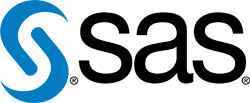
SAS is an environment and a programming language for data manipulation. He is a pioneer in the field of analysis. Developed by the SAS Institute in 1966 and refined in the 1980s and 1990s. SAS is very easily accessible, manageable, and can analyze data from any source. In 2011, SAS launched a wide range of customer intelligence products and numerous SAS modules for web analytics, social media, and marketing, widely used to profile current and potential customers. It can also predict their behavior, manage, and optimize communications.
5. Excel
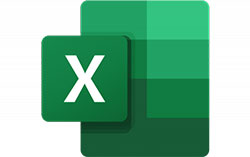
Excel is a very popular analytical tool that is widely used in almost all fields. Admittedly, it is a fairly basic tool, but its simplicity and efficiency make it a formidable tool in the world of data science. Whether you are an expert in SAS, R, or Tableau, you will always be using Excel. Excel is preponderant when analyzes are needed on internal customer data. It analyzes the complex task that summarizes the data with a PivotTable preview which can filter the data according to the client’s needs. Excel offers the advanced business analysis option that facilitates modeling by providing pre-defined options such as automatic relationship detection, creation of DAX measures, and time grouping.
6. Apache Spark
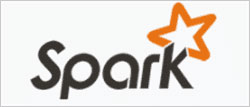
In 2009, the University of California in collaboration with AMP Lab at Berkeley developed Apache. Apache Spark is a large-scale, fast data processing engine. It can run applications in Hadoop clusters 100 times faster in memory and 10 times faster on disk than legacy processes. Spark is also known for data pipelines and developing machine learning models.
Spark also includes a library, MLlib, which provides a progressive set of machine algorithms for repetitive data science techniques such as classification, regression, collaborative filtering, clustering.
7. RapidMiner

RapidMiner is a superb integrated data science platform developed by the company of the same name, RapidMiner, which performs predictive analytics and other advanced analytics such as data mining, text analysis, machine learning, and visual analysis, without any programming. The RapidMiner can integrate with any type of data source. Among others are Access, Excel, Microsoft SQL, Tera data, Oracle, Sybase, IBM DB2, Ingres, MySQL, IBM SPSS, Dbase. This tool is very powerful and can generate analyzes based on real processes. life data transformation parameters, that is, you can control formats and datasets for predictive analysis.
8. KNIME

In January 2004 a team of software engineers from the University of Constance developed KNIME. KNIME is one of the most widely used open-source analysis tools in the world. It is an integrated analysis and reporting tool that allows you to analyze and model data visually. It integrates various components for data mining and machine learning through its modular pipeline concept.
9. QlikView

QlikView has many unique features, such as patented technology and in-memory data processing, which runs the result very quickly for end-users and stores the data in the report itself. The data association in QlikView is automatically preserved and can be compressed to almost 10% of its original size. The relationship between the data is visualized using colors: a specific color is given to the associated data and another color to the unrelated data. Open-source.
10. Splunk

Splunk is a computer-generated data mining and analysis tool. It extracts all data from the logs and offers a quick way to browse it. A user can extract all kinds of data and perform all kinds of interesting statistical operations, and then present it in different formats.

